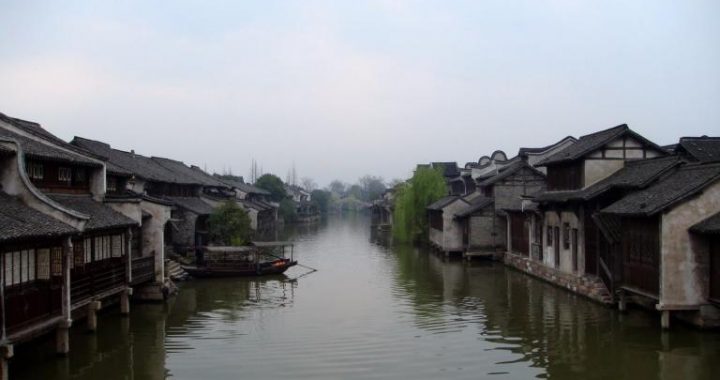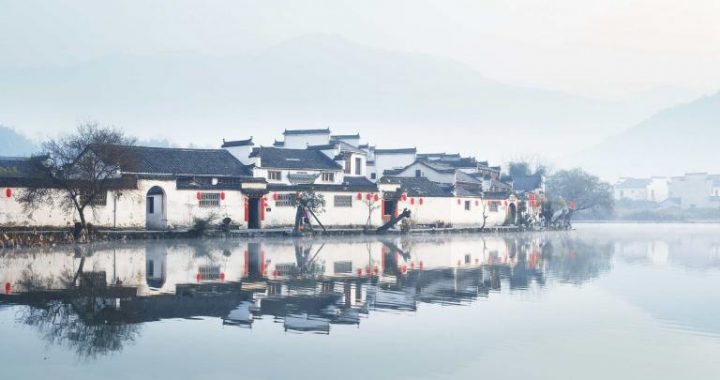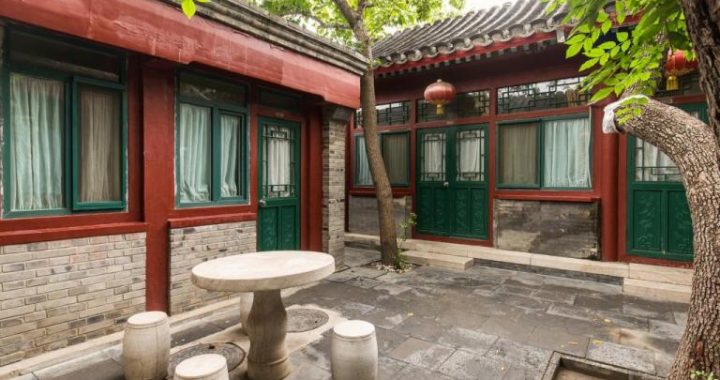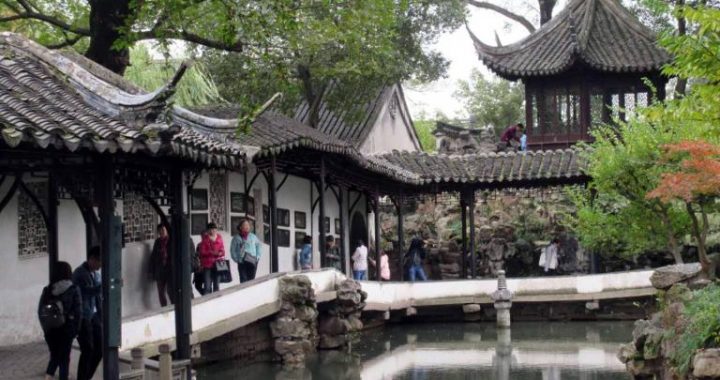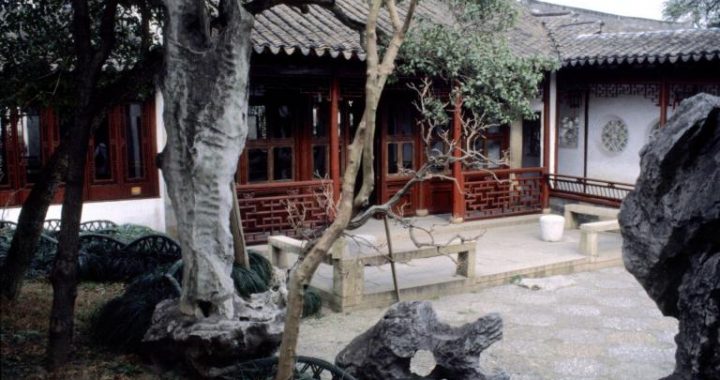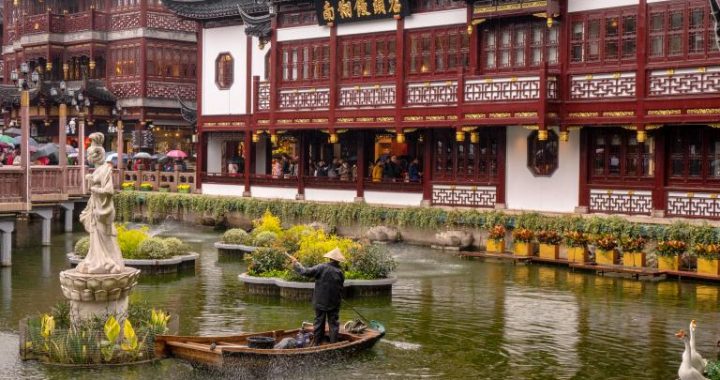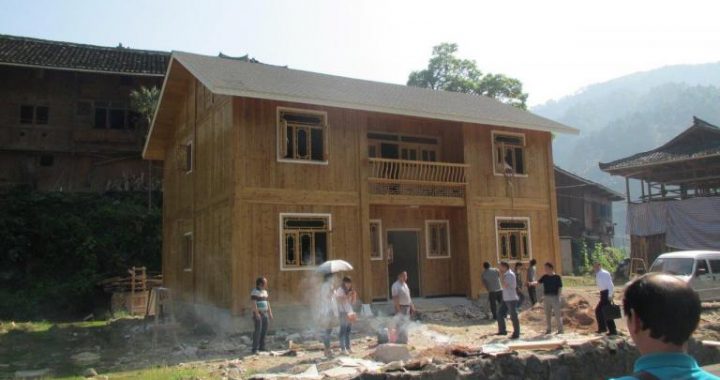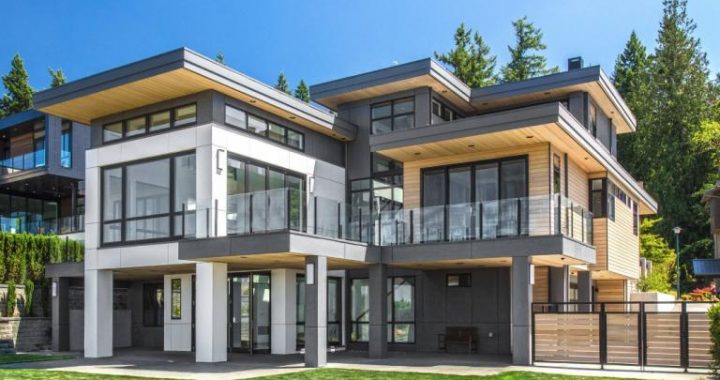Appreciation of Gardens
2 min readChina’s classical gardens are environments for sightseeing integrating natural and artificial landscapes,plants and architecture and combining the essence of architecture,painting,literature and horticulture.They are the most comprehensive and artistic type of Chinese architecture.

Imperial gardens are grounds for emperors,also called emperor’s gardens,imperial gardens,royal gardens,etc.Most of them were combined with imperial palaces,temporary dwelling palaces or detached palaces and had large sizes,used for emperors’stay,sightseeing,banquets,hunting and evenprayer to immortals and gods.Private gardens were generally built at city centers or in suburbs and were closely associated with residences,occupying small areas of land and having elegant styles and exquisite decorations.They were either places for scholars to live in seclusion leisurely,read books and meet friends or places for bureaucrats and wealthy people to show off their status and wealth.
To summarize the characteristics of Chinese classical gardens in one word,most people will choose”Artificial yet looking natural.”China’s classical gardens are environments for sightseeing integrating natural and artificial landscapes,plants and architecture and combining the essence of architecture,painting,literature and horticulture.They are the most comprehensive and artistic type of Chinese architecture.

Chinese classical gardens can be classified into several types.Imperialgardens are grounds for emperors,also called emperor’s gardens,imperial gardens, royal gardens, etc. Most of them were combined with imperial palaces, temporary dwelling palaces or detached palaces and had large sizes, used for emperors’ stay, sightseeing, banquets, hunting and even prayer to immortals and gods. Private gardens were generally built at city centers or in suburbs and were closely associated with residences, occupying small areas of land and having elegant styles and exquisite decorations. They were either places for scholars to live in seclusion, read books and meet friends or places for bureaucrats and wealthy people to show off their status and wealth. Another type is scenic areas developed and improved artificially relying on beautiful natural landscapes. They are open scenic areas for people’s sightseeing.
Besides, some gardens are attached to Buddhist temples, Taoist temples, altars, ancestral temples, etc. Most of these gardens are located in areas with beautiful scenery. There are usually ancient towering shady trees, and the internal and external environments are elegant and quiet. Famous ones include the Tanzhe Temple and Jietai Temple in Beijing, the Jinci Temple in Taiyuan, Shanxi, the West Garden in Suzhou, Jiangsu, the Lingyin Temple beside theWest Lake in Hangzhou, Zhejiang, the Eight Outer Temples in Chengde, Hebe etc. Among them, large ones are close to imperial gardens’ sizes, and small ones are close to private gardens’ styles. They are often mingled with landscapes and form parts of scenic areas.

